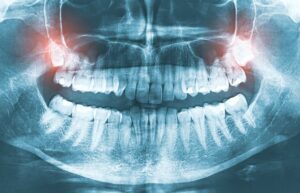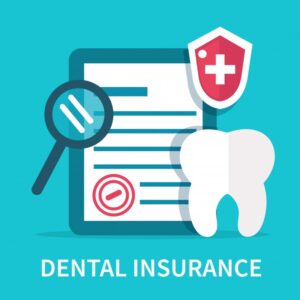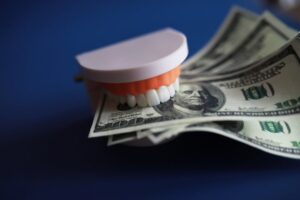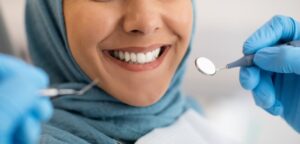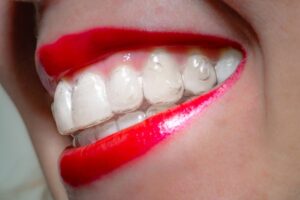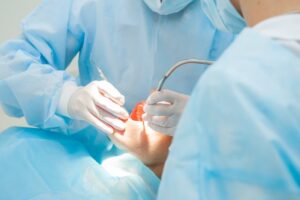
No one looks forward to minor surgery. To get you through the ordeal of having wisdom teeth removed, you just keep thinking about when it’s over and you can get back to normal life. However, recovery may not be sunshine and roses if you try to resume your usual diet right away. In fact, if you eat what you shouldn’t, your progress could slow down or regress with problems and infections. So, what exactly should you do? What can and can’t you eat following wisdom tooth extraction? Keep reading to find out!
(more…)
